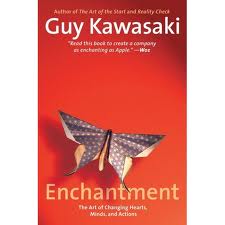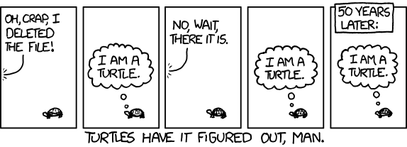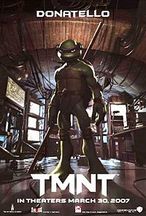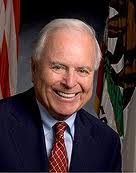|
Turtles rock. 'Nuff said. (Time for a more "fun" blog post. Too much philosophizing going on around here....) Top 10 Reasons Why I Love Turtles
1 Comment
I'm taking a class at UCLA Anderson this quarter taught by former LA Mayor Richard Riordan. The class topic is Leadership and Ethics. It's quite a treat to be able to meet with a former mayor twice a week and hear some of his closest business and personal contacts speak about their leadership experiences.
Riordan told us he was born in 1930 as 1 of 10 kids. He worked as a lawyer at O'Melveny before becoming a VC in technology and later Mayor of LA. He continues to be involved politically and has focused his efforts recently on teaching, philanthropic causes, and the charter school effort. In the first class, Riordan laid out for us his 4 Axioms of Leadership:
It's interesting to me how closely these 4 axioms are to an exact prescription for entrepreneurship. He also joked that when you're not agreeing with someone, always say, "I couldn't agree with you more!" This takes the power away from the other side, is sort of a double entendre, and allows you to continue working in what you want. Riordan also explained on our first day that perceived power equals real power. When the Northridge earthquake struck, he took charge and completely blew through normal policies and regulations of how things were "supposed to" be done in order to get people rescued and infrastructure rebuilt as quickly as possible. Riordan believes in JFDI: ask for forgiveness, not permission. He wishes the same philosophy would have been put in force during Katrina and Iraq. He wishes the leaders would have taken action and used the private sector to address problems more quickly. Another philosophy of Riordan's is "excusez-moi, accusez-moi." This translates to mean that excusing yourself is accusing yourself. When someone accuses you of something horrendous and untrue, your best bet is to ignore it; saying you didn't do it will prompt further harassment and headlines like, "Riordan denies XYZ." This seems like good advice in dealing with blatant slander. Overall, Riordan has a great sense of humor and leads a fun class, so I'm looking forward to the many guest speakers this quarter (which I will blog about also).  Below are my notes on Guy Kawasaki's Enchantment, which was a really enjoyable read. The author does a great job bringing the general theme of enchantment to life in a variety of different contexts; it's for anyone needing to enchant anyone else at any time. The book starts with a great personal example of enchantment for the author: the first time he saw a Macintosh. He immediately fell in love with its two killer features: graphical UI and Mac Paint. He got a job at Apple right after that experience. Enchantment is the process of delighting people. When done right, enchantment creates lasting support. Ch. 1: Why Enchantment
|
Archives
June 2024
Categories
All
Subscribe |




 RSS Feed
RSS Feed
